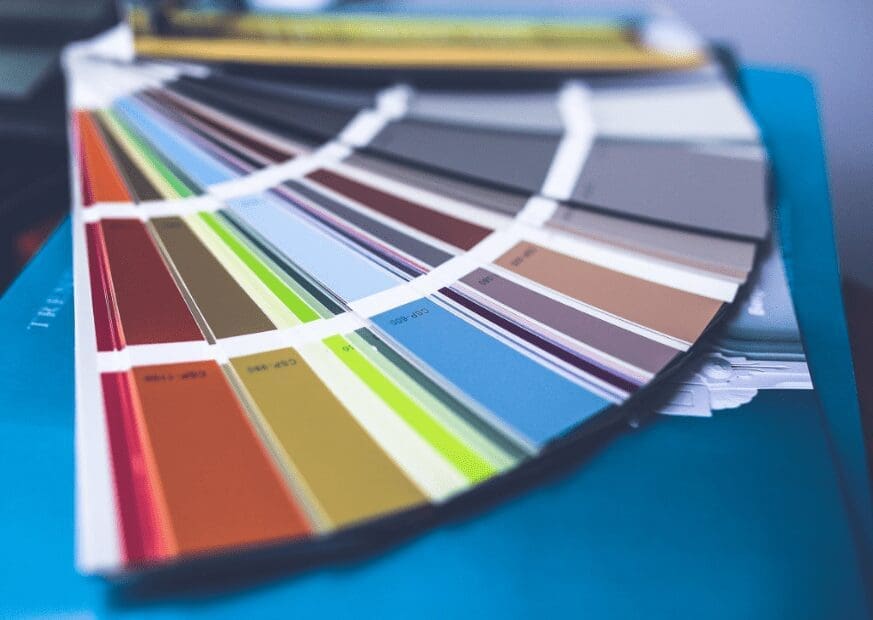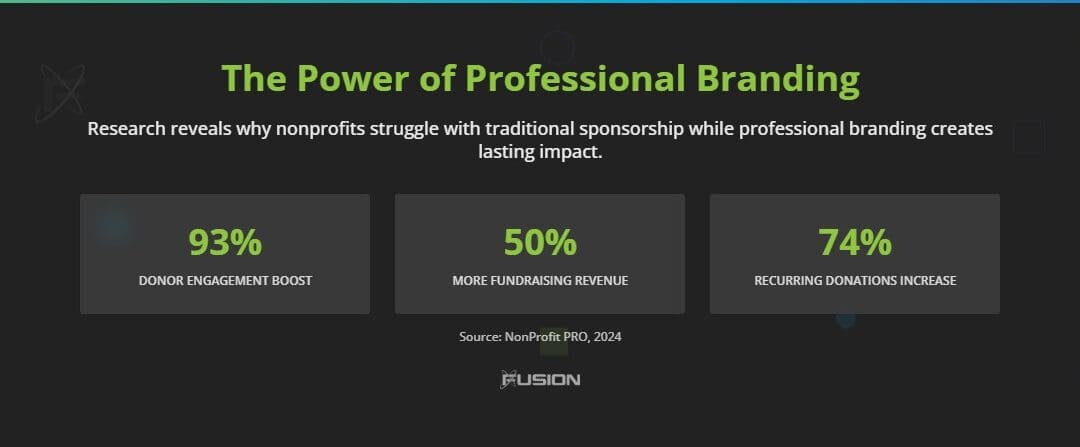
The differences between the major color models used for things like printing can be pretty confusing if you’re learning about them for the first time. But you’ve come to the right place if you want them explained in simple and straightforward terms.
The three that you’re likely to encounter are the three we’re going to discuss today. They are RGB, CMYK, and Pantone. Those terms won’t mean much to you right now, but by the time you’ve read the in-depth explanations below, you’ll feel confident pointing to the differences and making the right choice for you and your business.
We understand that everyone’s needs are unique to them, so it’s important to give some thought to which of these three options is going to suit you best. Without further ado, read on and learn about them all.
RGB
The first thing to know about the RGB model is that it’s an additive color model. What this means is that certain colors are only achieved when other colors are added together and combined. They tend to be added in order to achieve lighter colors and to achieve the lightest color, which is of course white, red, green, and blue are all combined together.
This is much like how computer screens create color. They use red, green, and blue to create other colors that then makeup everything you see on the monitor in front of you when you’re using your computer. The color of each pixel is created using those three colors. It’s impressive just how much can be achieved with the RGB model.
Color printers are not RGB devices, unlike televisions and computer monitors. The reason why it’s appropriate for some devices is that it relates to the nature of the human eye and the way it interacts with the primary colors used by the RGB color model. And the exact nature of the reds, greens, and blues used depends on the device itself because there are differences.
CMYK
CMYK is also known as the four-color process and that’s because there are, of course, four colors used. Those four colors are cyan, magenta, yellow and black. It’s very commonly used in the inkjet color printing process. The four colors are combined in various ways to create whichever color is needed for the printing task at hand, so it’s simple but effective.
The mixing of colors is a highly precise process, and there are so many variations that can be achieved by mixing colors in different ways and using different amounts of each ink. It can also match colors used in design processes when translating them in the eventual printing process. It makes it possible to create all kinds of colors very quickly indeed.
You can even see the dots overlapping each other on a printed page if you look really closely. This is how colors are created, but when looking at the final product normally, you wouldn’t notice this at all. Most of the time, the dots will be fully aligned so it’s not noticeable when the printing is complete.
Pantone
Finally, we need to talk about the color model that is considered to the most accurate and most consistent by many people. In particular, Pantone can achieve a wider range of shades of different colors, making it possible to achieve that accuracy that people are looking for in many cases. It tends to be used for branding for businesses because of this.
When it’s important to be specific and differentiate your logo or branding from the other options, this tends to be the best choice. It can also be used alongside RGB color models, which is not the case for CMYK. RGB can be used for design processes on computers, and then when it comes to printing, Pantone can come into play and finish the task.
It’s also worth pointing out that Pantone is what’s known as a reproducible standard, meaning it can be replicated and used universally for all kinds of tasks without running into problems with differences in shade and things like that. So if consistency is the aim, Pantone definitely makes sense.





